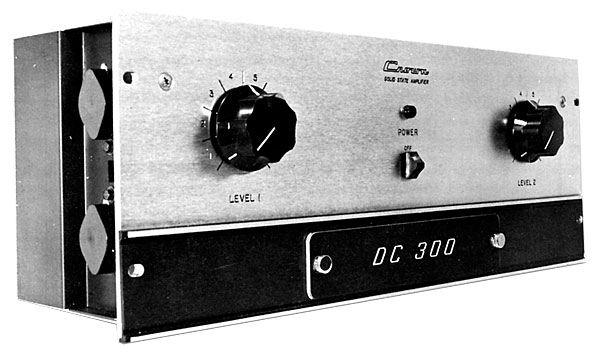| Columns Retired Columns & Blogs |
Dear Mr.JA,
The latest version of this Amp costs only $350. Could you convince our lovely Whistler in Port Townsend to give it a quick review?, he owns a pair of Speakers that might just give this thing a run for its money.
I know that Tyll had a day or two at Harmon with their Big M2 set-up that uses these Crowns.
A review like this could be a real Eye-opener!
Of course, reviewing a Crown using Wilsons would be a brave thing to do considering it's an "Industrial" type of device with Zero Audiophile Creds. Betcha Harmon would jump at the chance. ( I certainly would ).
Besides, where else can we subscribers find "interesting and useful" journalism?, who else would dare.
All the Best,
Tony in Michigan









































